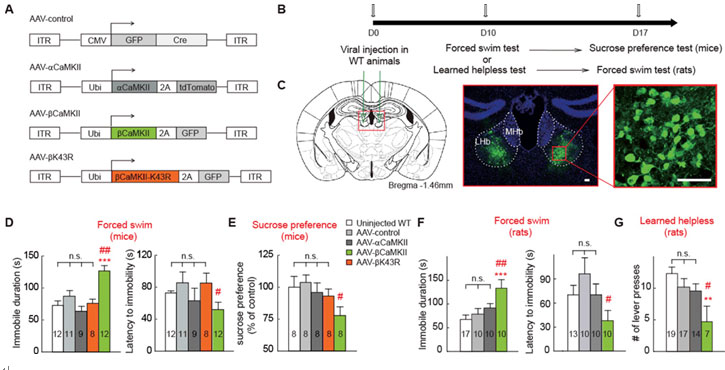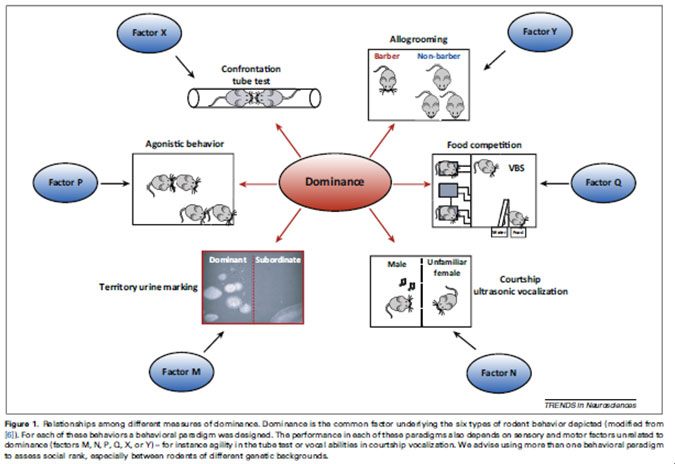ZIINT established in 2013, we are a systems neuroscience research institute with the mandate of bridging two major strengths at Zhejiang University: Medical Sciences and Engineering Sciences. We will comprise 20 basic science research labs supported by a primate facility, viral vector core, microscopy facility, computer cluster facility, and MRI center. Located near Zhejiang University’s Clinical Translational Center and leading hospitals, we are strategically positioned for undertaking translational research efforts. We are currently seeking investigators with interests in collaborative, cross-dsciplinary approaches.
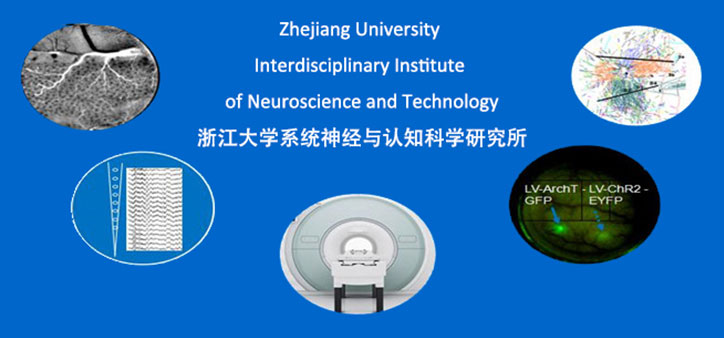
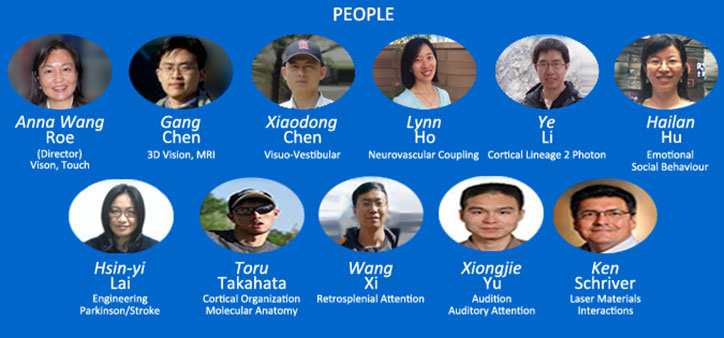
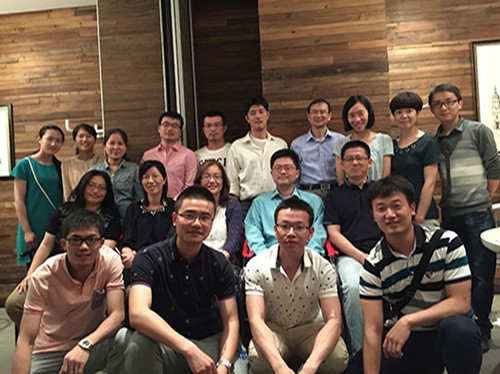
1. Laboratory of Cerebral Cortical Function and Organization
Prof. Anna Wang Roe
Research Interests:
How does the functional organization of the brain produce perception, thought, and behavior?
Anna Wang Roe studies the organization and connectivity of functional modules (roughly 200 um in size) in the cerebral cortex of nonhuman primates and how they underly visual (form, color/brightness, depth, and motion) and tactile (texture and shape) perception. Some of her studies have also examined the relationship of these modules to attention and memory. Her approach involves using implanted ‘windows on the brain’, vertical bore MRI machines, single and multielectrode recording arrays, anatomical tracing methods, and focal brain stimulation using optogenetics and near infrared lasers.
Anna Wang Roe is very interested in technology development and brain-machine interfaces. This combined behavioral, functional, anatomical, and neuroengineering approach will lead to development of future mind-machine interfaces that modify and enhance function in normal and diseased states.

2. Vision Laboratory
Prof. Gang Chen
Research Interests:
Cortical Mechanism of Vision
Multiple-Scale Brain Imaging
Prosthetic Vision and Machine Vision
Ultra-high Field MRI

3. Laboratory of Perception and Cognition
Prof. Xiaodong Chen
Research Interests:
The activity of human brain solves two basic questions: "Where" and "what." Brain research shows that parietal and temporal cortices play important roles in the function of object recognition and spatial encoding respectively. Our group will combine the research method of electrophysiological recordings, functional magnetic resonance imaging (fMRI), and optical genetic etc. to study the neural mechanism of these functions by recording and analyzing response characteristics of these cortical neurons. Our researches include the following directions:
The spatial encoding of sensory input signals in the brain
In order to control our own movement and interact with the environment, the brain needs to be updated in real time the status information of all body parts and surrounding environment in space. The information was perceived by various receptors of the body, then transferred into the brain and integrated there to be involved in the development of the sport and the movement controlling of body parts. The parietal cortex is thought to play a key role in this process. The cortical neurons in this area receive input signals from multiple sensory systems (including visual, vestibular, auditory, and somatosensory). In different regions of the parietal cortex, these signals are encoded in different spatial coordinate systems. We will systematically study the spatial encoding of sensory signals in these brain regions, and then in further to explore these sensory signals coded in different coordinate systems are integrated through what kind of mechanisms.
Neural mechanisms of object recognition
Neurons in the temporal cortex receive input signals primarily from visual and auditory systems and play important roles in the advanced functions of pattern recognition, object recognition, memory, and languages. In particular, recent studies suggested that neurons in certain areas of the temporal cortex show very specific responses to facial stimuli. Fatherly, we will use newly designed facial stimuli to explore the neural mechanisms of the face recognition.
Development of auxiliary research tools
We will develop corresponding hardware and software tools based on the requirements of our research to assist our experiments.
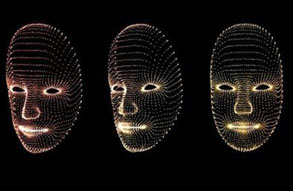
4. Laboratory of Auditory Cognitive Neuroscience
Prof. Xiongjie Yu
Research Interests:
Determining what is going on in the real world from neuronal spiking patterns, which is the process of decoding, represents an important challenge for the brain: How do the properties of a few neurons or populations of neurons relate to and perhaps account for sensory perception? The issue of decoding has received immense attention in the fields of computational neuroscience, motor prosthesis and brain-machine-interface, as well as sensory coding for perception in other physiological systems. Unfortunately, with the exception of less than a handful of studies, such concepts have seldom been applied to the auditory system. In the last decade, only 0.3% of pubmed-cited manuscripts that examined audition or hearing focused on the interaction between the auditory cortex, behavior, and neural activity, thus it is timely to bring the gap between auditory system and the other sensor systems. That is our goal now:
1) To seek the neuronal correlates with the sound related dicision making such as sound detection/ discrimination and sound location.
2) To seek the origin of these correlates and the origin of the psychological limit.
3) To seek how attention, adaptation and emotion (especially depression) affect the decision making and the neuronal mechanism underlying the effects.
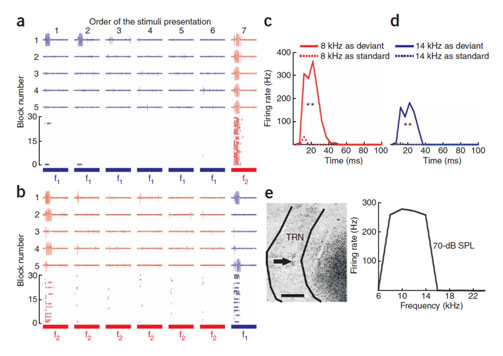
5. Laboratory of Comparative Molecular Neuroanatomy
Prof. Toru Takahata
Research Interests:
What is the fundamental difference between primate brains and rodent brains, which enables primates' highly cognitive functions? Whereas subcortical and cerebellar structures are well-conserved in rodents and primates, the cerebral cortex is distinct in primates in terms of size and complexity. Although there are tons of literature that describe anatomical and physiological differences across species, molecular basis of those differences remains elusive. We have revealed distinct gene expression patterns in the cerebral cortex that are unique in primate species. We will study what regulates expressions of these genes, and what their functional significance is. We will also examine novel neuroanatomical structures of the primate cerebral cortex through investigation of activity-dependent gene expression, such as ocular dominance domains in New World monkeys and rats. Overall, we will propose novel models of primate brain evolution that connects the molecular and neuroanatomical/physiological studies.
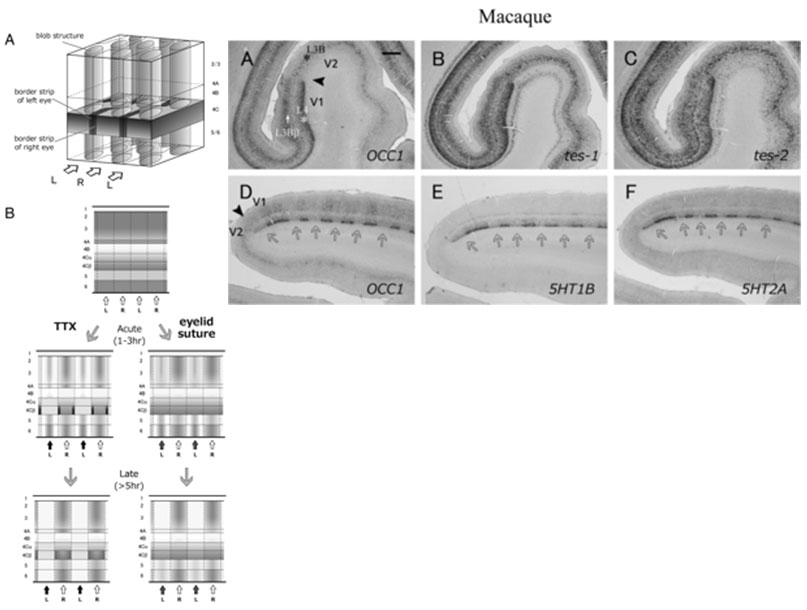
6. Laboratory of Somatosensory Neuroscience and Engineering
Research Interests:
Dr. Lai’s research interest is in neuroengineering and translational system neuroscience, with bio-micro-electro-mechanical systems (BioMEMS) sensor, MRI, electrophysiology, in vivo optical microscopy, neural coding, and optical genetic as major research tools.
Our researches include the following directions:
1) Development of multi-functional neuroprobe-microchips (integration of microelectrode, microfluidics and optical fiber)
2) Neural coding for cutaneous senses and the integration of somatosensory and visual systems
3) Deep brain stimulation therapy for Parkinson’s disease: dissecting neural circuits to the development of effective treatment (electrical and/or optogenetic stimulation)
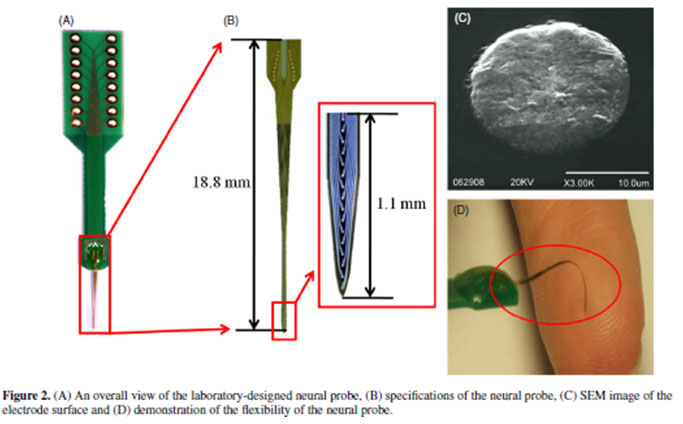
7. Laboratory of Visual Development and Cognition
Research Interests:
Goal: the function and development of cortical circuits that link to visual perception and cognition
—bridging developmental and system neuroscience
The current projects are:
1. Microcircuits underlying the “clonal-functional relationship" of mouse V1 and how that circuits are modified by experience and neuronal activity.
2. Functional organization of mouse PFC that encodes “cognitive” representation and how the task-related neuronal functions are related to their clonal origins.
3. Developing chronic two-photon calcium imaging in awake nonhuman primates through collaboration.
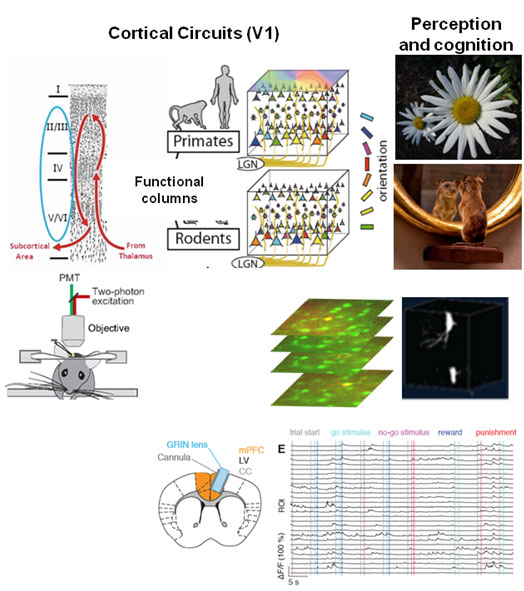
8. Laboratory of Emotional and Social Behavior
Prof. Hailan Hu
Research Interests/Ongoing Projects::
1)Neural representation of emotional value
2)Molecular and circuit mechanism of depression
3)Neural circuit mechanism of social hierarchy
